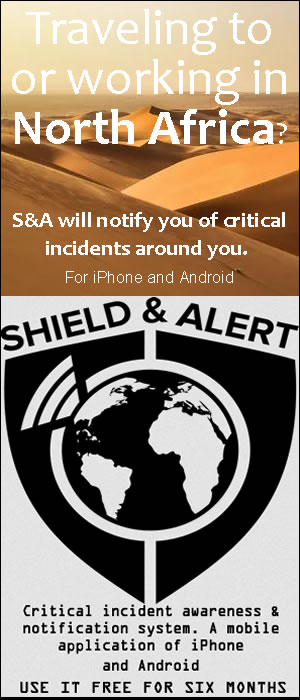Bamako, Sept 11, 2019 (By Maīmouna Moro) – Like many of his fellow Malians, Ousmane Maiga used to drive regularly between Gao, in the north of the country, and the capital Bamako. Today, he balks at doing the once-familiar trip. For one thing, there is the threat from jihadists — and then there is the state of the roads, which are catastrophically bad. The 1,200-kilometre (750-mile) journey, which in the past would take around 24 hours, now takes “at least five days,” he told AFP. “The road is so damaged that most people have to go via Burkina Faso and Niger, where they have to pay extra taxes.” The activist belongs to one of around 60 civil society groups in Gao, where thousands of people protested on Wednesday against “the devastating and dismal level of degradation” of the road linking Goa to the central town of Sevare.
Africa’s eighth-largest country has a mere 21,681 kilometres (13,471 miles) of roads — and of these, just 7,156 kilometres are tarred. In the vast northern region — twice the size of Sweden — one of the only tarred highways is the RN16 linking Gao to Sevare. “It’s an obstacle course,” Maiga, 43, said. “The top speed is 40 kph (25 mph)… and there’s the dust, the heat and now the insecurity.” Northern Mali fell into the hands of jihadists in 2012 before the militants were forced out by a French-led military intervention. But much of the region remains chronically unstable and since 2015 violence has spread to the centre of the country, an ethnic mosaic. Several construction projects launched in recent years with the help of international funding had to be temporarily suspended due to security threats, particularly in the country’s north and centre.
– Angry residents protest –
Apart from the constant threat of jihadists and armed militias, Mali’s infrastructure has also suffered from bad weather, a lack of state services and alleged widespread corruption. At the other end of the country, demonstrators in the southern city of Kayes won a symbolic victory in late August after blocking thousands of trucks from transporting their merchandise across the main bridge into neighbouring Senegal. The protests, which spread to other parts including Bamako, interrupted a key part of Mali’s trade and prompted Prime Minister Boubou Cisse to visit the region. After driving along Kayes’s dilapidated roads, the premier — in power since April — vowed his government would release emergency funds worth 7.5 million euros ($8.2 million) and restart construction works on the Kayes-Bamako axis.
However, the announcement angered residents in Mali’s north who often feel ignored by Bamako, especially after rumours started to spread that a company charged with building a new road in Timbuktu had been diverted to the Kayes region — a claim the government denies. Hundreds of young people had been blocking access to the airport of Timbuktu, a UNESCO world heritage site, since the weekend as part of a protest calling for a road to be built to better connect the region to the south. However on Wednesday, the blockade was lifted after the government pledged to restart work on the road, which had been halted due to security concerns, “no later than November 25”.
By AFP








